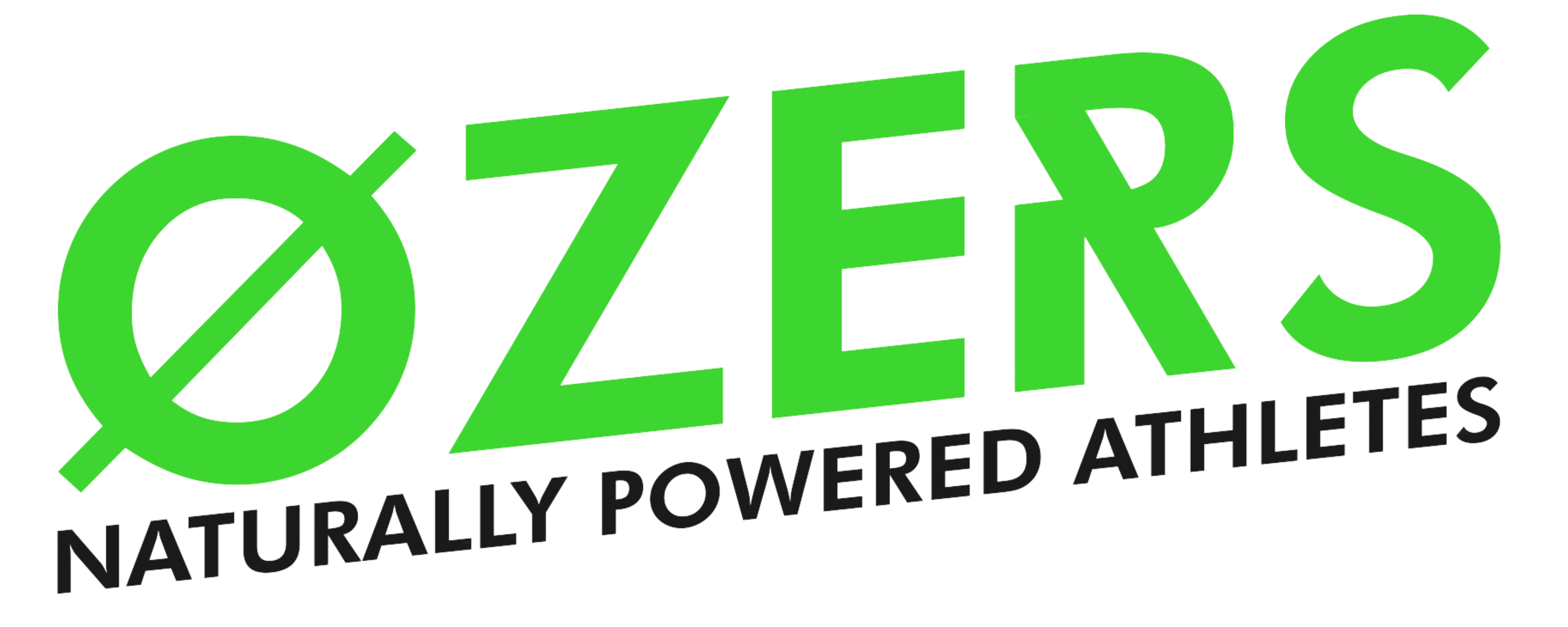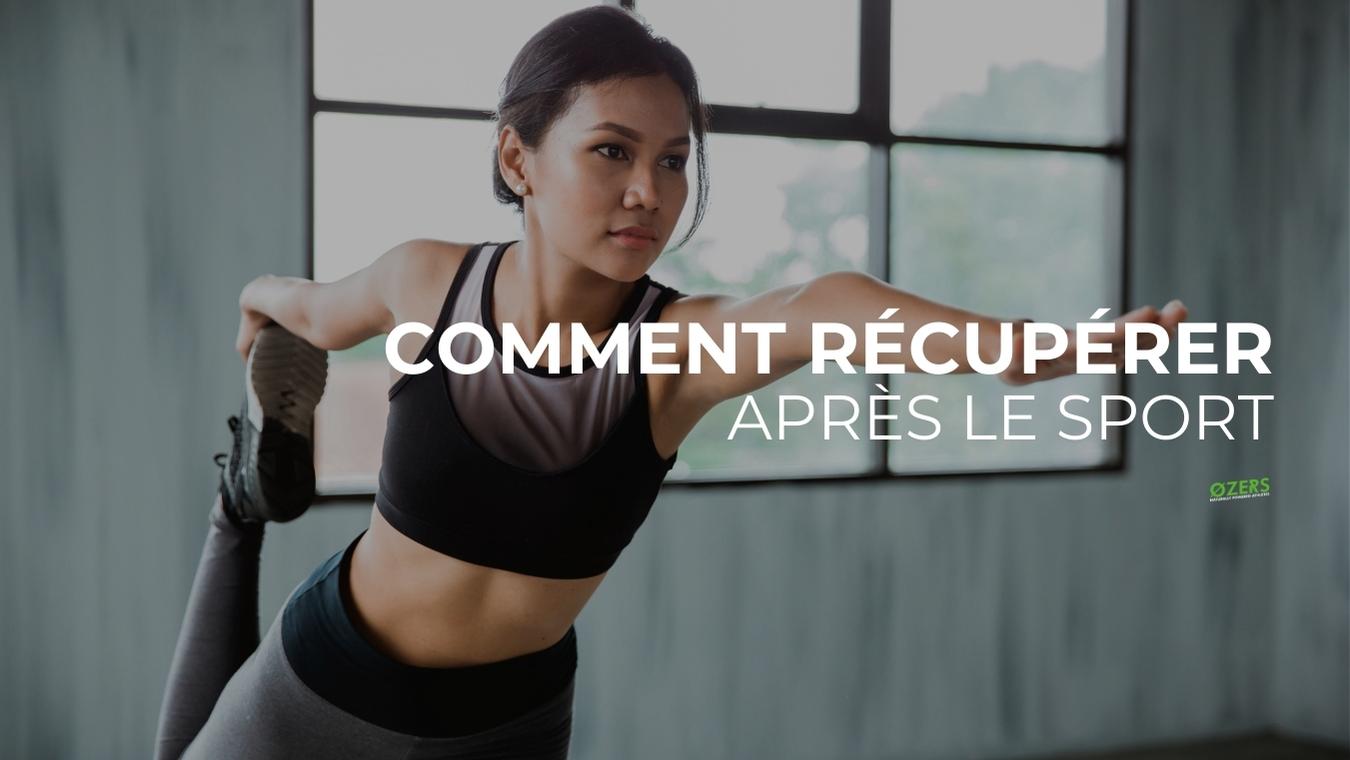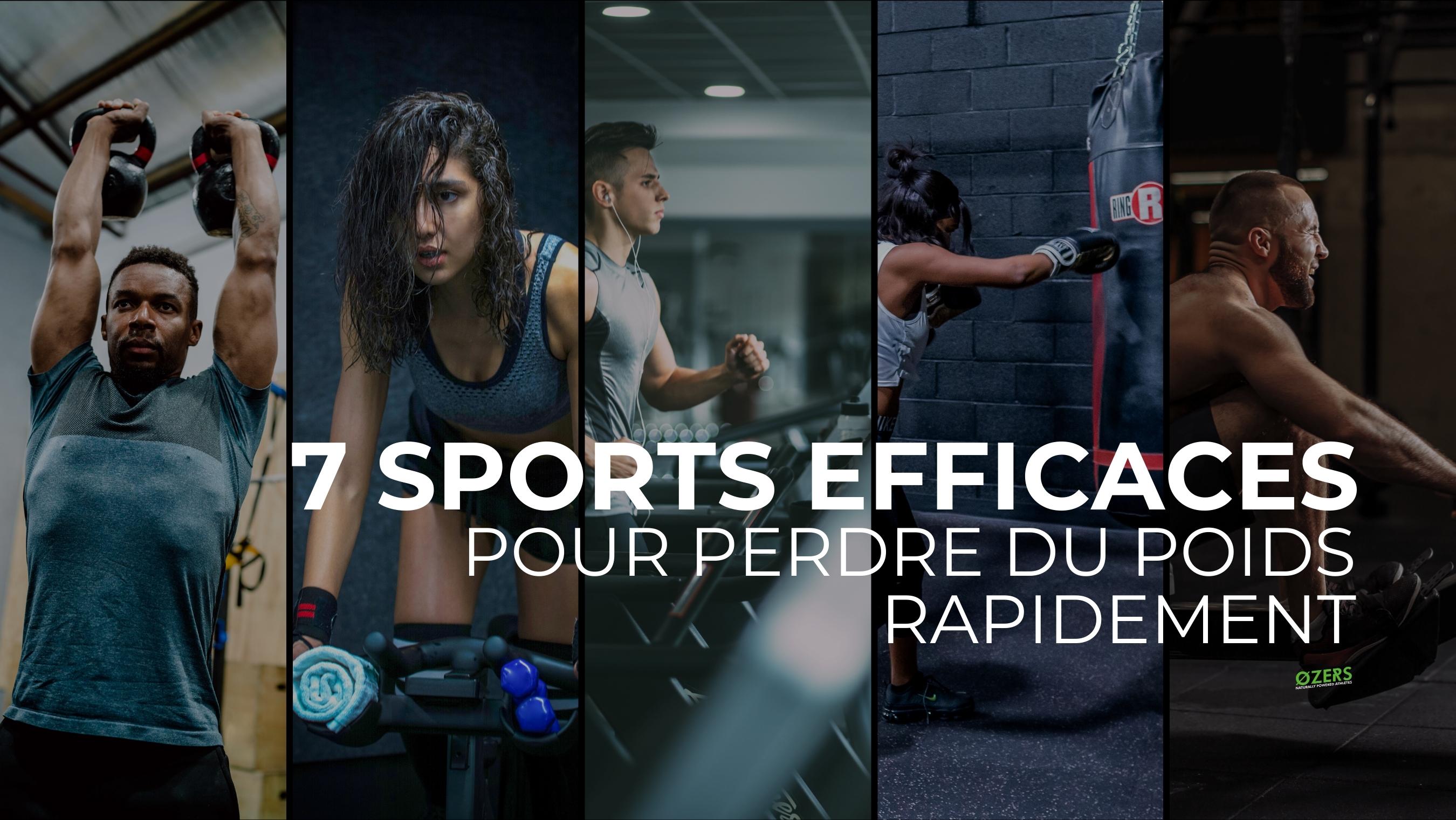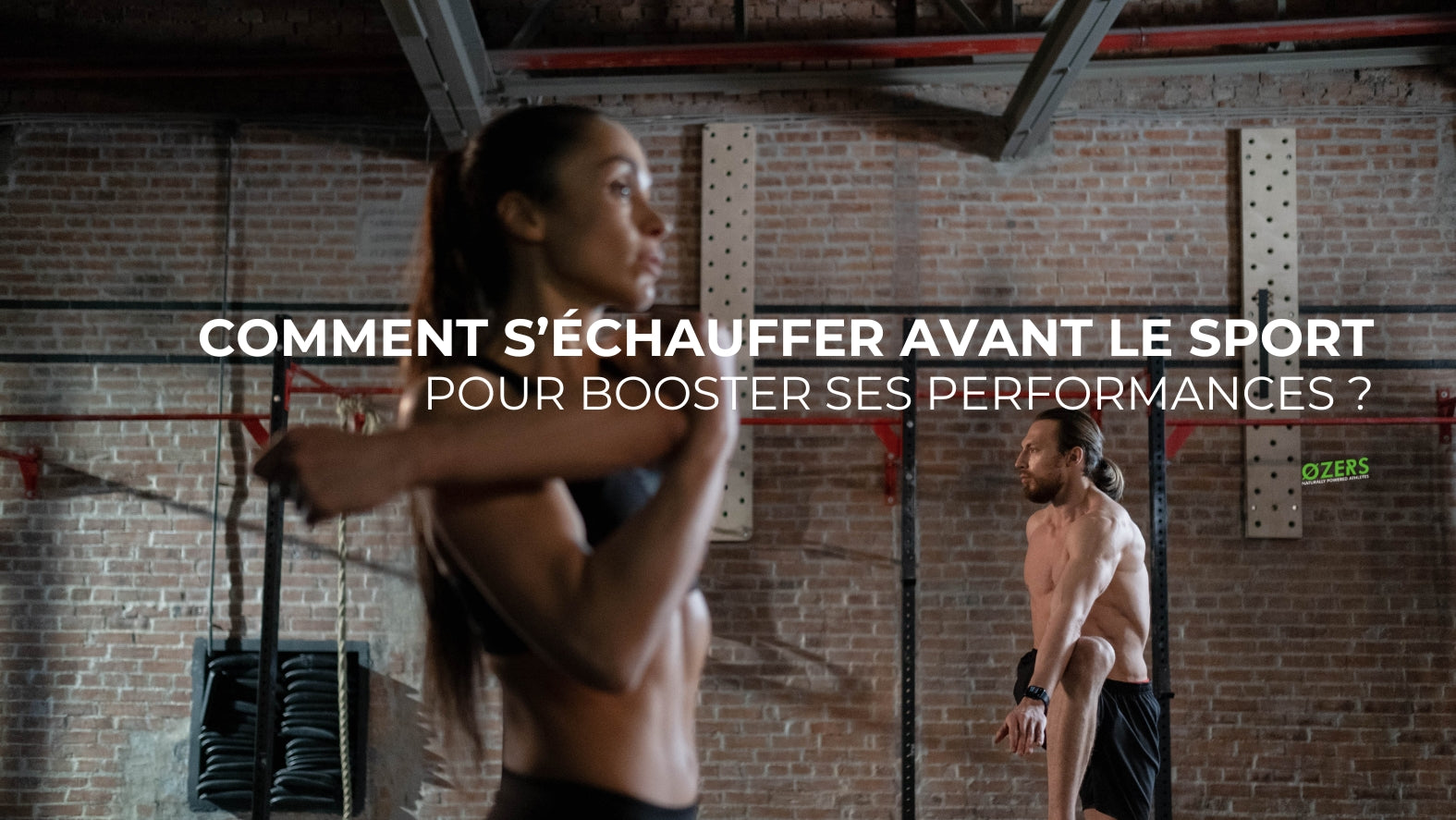CONTENTS
What is sports recovery?
The 3 types of sports recovery
1 - Active recovery
2 - Passive recovery
3 - Nutritional recovery
How to recover well after sport?
1 - Do stretching
2 - Drink plenty of water to recover effectively after sport
3 – Rub and massage the muscles after training
4 – Use compression to relieve muscle pain
5 – Apply cold to reduce micro-trauma
6 – Apply heat to eliminate toxins
7 – Perform breathing exercises
What is sports recovery?
Your efforts mean nothing without good sports recovery !
Playing sports, pushing your limits and surpassing yourself is good. But without giving yourself time to rest to assimilate the exercises, replenish your energy reserves and relax your muscles, you are slowing down your results instead of improving them.
Sports recovery is the “relaxation” phase during which your body returns to a normal operating rhythm: heart rate decreases, blood flow calms down, etc. It happens just after training and is done gradually so as not to injure yourself.
Recovering well after sport helps you:
- increase your sporting performance in the long term;
- improve muscle regeneration ;
- avoid pain and aches;
- relax ;
- avoid injuries .
We also speak of the “ overcompensation ” phase to refer to sports recovery. It is a major process to become better and more successful in your practice.
Note that the more intense the effort, the longer it takes your body to recover. There is approximately 48 to 72 hours of recovery time for large muscles such as the legs and back, and between 24 and 48 hours for smaller muscles such as the arms.
>> Optimize your sports recovery with ØZERS NUTRITION plant protein POST WORKOUTS
The 3 types of sports recovery
Right after sport, it is important to go through a progressive recovery phase.
Slowing down your physical activity in the last 10 minutes of your workout allows the metabolism and cardiovascular system to slowly return to a normal rhythm.
Gradual stopping helps maintain good arterial tone and ensure good venous return (to avoid discomfort).
Different sports recovery techniques exist to avoid sudden cessation. They fall into three categories:
- active recovery;
- passive recovery;
- nutritional recovery.
Active recovery
Active recovery consists of performing gentle exercises after a sports session. It allows for better physical endurance and helps muscles recover more easily.
Stretching and walking are part of active sports recovery methods. The most important thing is not to exceed 50% of your maximum effort, otherwise the body will not recover.
Passive recovery
Passive recovery consists of letting your muscles rest without straining them. Introducing at least 1 day of rest into your weekly sports schedule can be a passive recovery technique.
During passive sports recovery, your body remains at rest. Sleep is a way to passively recover after exercise, just like breathing exercises and a hot shower.
Nutritional recovery
After sport, you need to drink and eat to recover and replenish muscle and liver glycogen stores and repair muscle fibers.
The ideal is to consume the nutrients the body needs to repair itself within a few hours of finishing your workout .
This is what we call the metabolic window , that is to say the period during which the body is most favorable to recovery. It lasts approximately 4 hours .
Right after training, eat proteins and low-glycemic complex carbohydrates (pulses, whole grains, etc.). Avoid acidic foods that increase inflammation in the body.
|
Good to know : Animal proteins produce more uric acid than plant proteins. In excess in the body, it can lead to inflammatory diseases (osteoporosis, osteoarthritis, etc.). Adopting a diet less meaty and richer in plant-based proteins after sport limits excess acidity and therefore helps reduce post-workout inflammation. ⇒ Post-workout shakes based on vegetable proteins provide you with all the nutrients you need to recover after exercise without acidifying your body! |
How to recover well after sport?

Do you want to improve your sports recovery? Here are all the tips to help your body relax and recover effectively after sport.
Stretching
Stretching can have two purposes:
- relax your muscles after exercise and help them relax;
- gain flexibility.
If stretching exercises are performed correctly, they lead to venous drainage which helps to rebalance muscle tension. They relax the muscle fiber and reduce post-workout pain.
But be careful to go slowly so as not to pull the muscle too much and cause a strain or muscle tear. Stretching too hard or too quickly can aggravate micro-injuries caused by physical exertion.
Drink plenty of water to recover effectively after sport
Hydration is the basis before, during and after a training session.
During the recovery phase, drink plenty of water to compensate for fluid loss caused by sweating and sweating.
To recover well after sport, it is better to drink slowly and regularly. You can add electrolytes or salt capsules to replenish magnesium, potassium and sodium and counteract the effects of dehydration.
Drinking enough water, in addition to helping you regain fluid balance, is effective against post-workout cramps and spasms.
Favor certain foods to promote muscle recovery
Post-workout nutrition is just as important as hydration. It is part of the sports recovery process, since nutrition regenerates your energy and water reserves.
Adopting a post-training diet has several objectives:
- replenish your calorie reserves to regain energy and restart your workouts;
- repair muscle fibers using proteins;
- rebalance the body's pH thanks to bicarbonates;
- limit oxidative stress with antioxidants;
- boost your immune defenses thanks to proteins (intense exercise can lower immunity).
Plant proteins are more digestible. You can consume it every day without health risk, through a protein diet or with vegan drinks .
Rub and massage muscles after workout
Massage helps soothe the muscles used during exercise. It reduces contractures, stiffness and muscle fatigue. It can also delay pain and reduce its intensity.
Massaging yourself after sport releases endorphins and plays a role on the nervous system: friction can inhibit pain messages and therefore reduce the perception of pain.
You can rub your muscles using massage oils or balms containing essential oils.
Arnica is a vegetable oil used by athletes as a muscle relaxant. It stimulates blood circulation, relieves sore muscles and allows you to regain optimal physical condition for another sports session.
Massage balls, rollers, hands and the massage stick are practical accessories for self-massage after a sports session and deeply relieve the muscles.
Using Compression to Relieve Muscle Pain
Compression clothing such as compression T-shirts, socks, tights or sleeves wick moisture away from the body during exercise, regulate body temperature and increase blood flow to your muscles.
Compression lowers the presence of lactic acid and toxins which are responsible for muscle soreness.
Wearing compression clothing after sport improves venous return thanks to pressure which reduces the inflammatory reaction. They fight against circulatory and lymphatic disorders.
Apply cold to reduce micro-trauma
Cold is an ally of effective sports recovery. Immersion in an ice water bath allows you to recover quickly after intense physical exertion, because the cold:
- helps relieve pain (analgesic);
- is anti-inflammatory (fights against edema and post-workout hematomas);
- stimulates blood circulation ;
- has a hemostatic action.
These effects improve recovery after sport by reducing the side effects of muscular work. They also help reduce aches and pains.
The most courageous will take a freezing shower after sport, but you can also apply a cold compress to the areas of the body that have worked the most, use a cold spray (but be careful of skin burns) or use an ice pack .
|
Good to know : Total immersion in cold water is a sports recovery technique offered to high-level athletes. Cryotherapy is also a method of immersion in a cold, dry cabin at -110°C for 2 to 4 minutes. This practice follows a precise protocol, because the main dangers are hypothermia and cold burns. |
Apply heat to eliminate toxins
While some prefer the cold to recover after sport, others will turn to the heat. Thermotherapy involves applying gentle, pleasant heat to the skin to eliminate toxins and promote a feeling of well-being.
To benefit from the benefits of heat after sport, you can take a hot shower , enter a jacuzzi, apply a hot water bottle to painful areas, go to the sauna or hammam after a particularly intense sport session...
Heat increases cardiac output which dilates blood vessels and improves tissue vascularization. In other words, heat helps eliminate toxins through sweating, relax tissues and decongest the organs.
|
Alternate between hot and cold to better recover after sport Hot-cold alternation is an exercise recovery technique. It is aimed at athletes who want to do several training sessions, who have joint pain or who put too much strain on a muscle group during sport. The goal is to alternate between hot and cold to stimulate vasoconstriction and vasodilation in a short time (30 minutes), promote sedation and activate blood and lymphatic circulation. You can alternate the application of hot and cold compresses, or take a hot shower for about 5 to 7 minutes, then quickly switch to cold water for 3 minutes. |
Perform breathing exercises
Breathing plays an important role during warm-ups and exercises. During recovery, it improves muscle oxygenation and helps you relax and enjoy the benefits of your practice.
Slow, deep breathing after sports regenerates muscles, increases endurance and reduces fatigue, tension, physical stress and blood flow. This is the most effective way to transition from sports practice to recovery.




